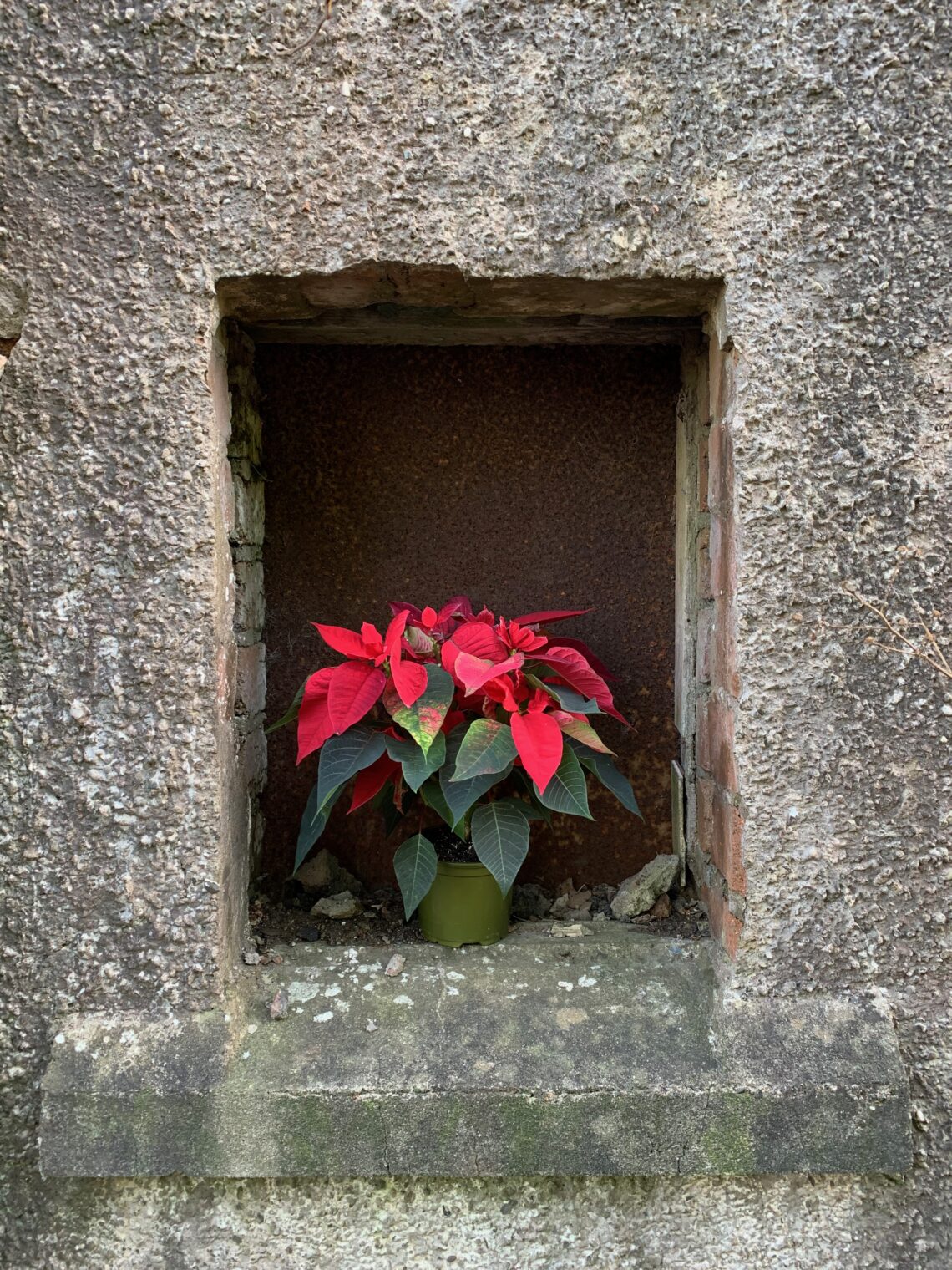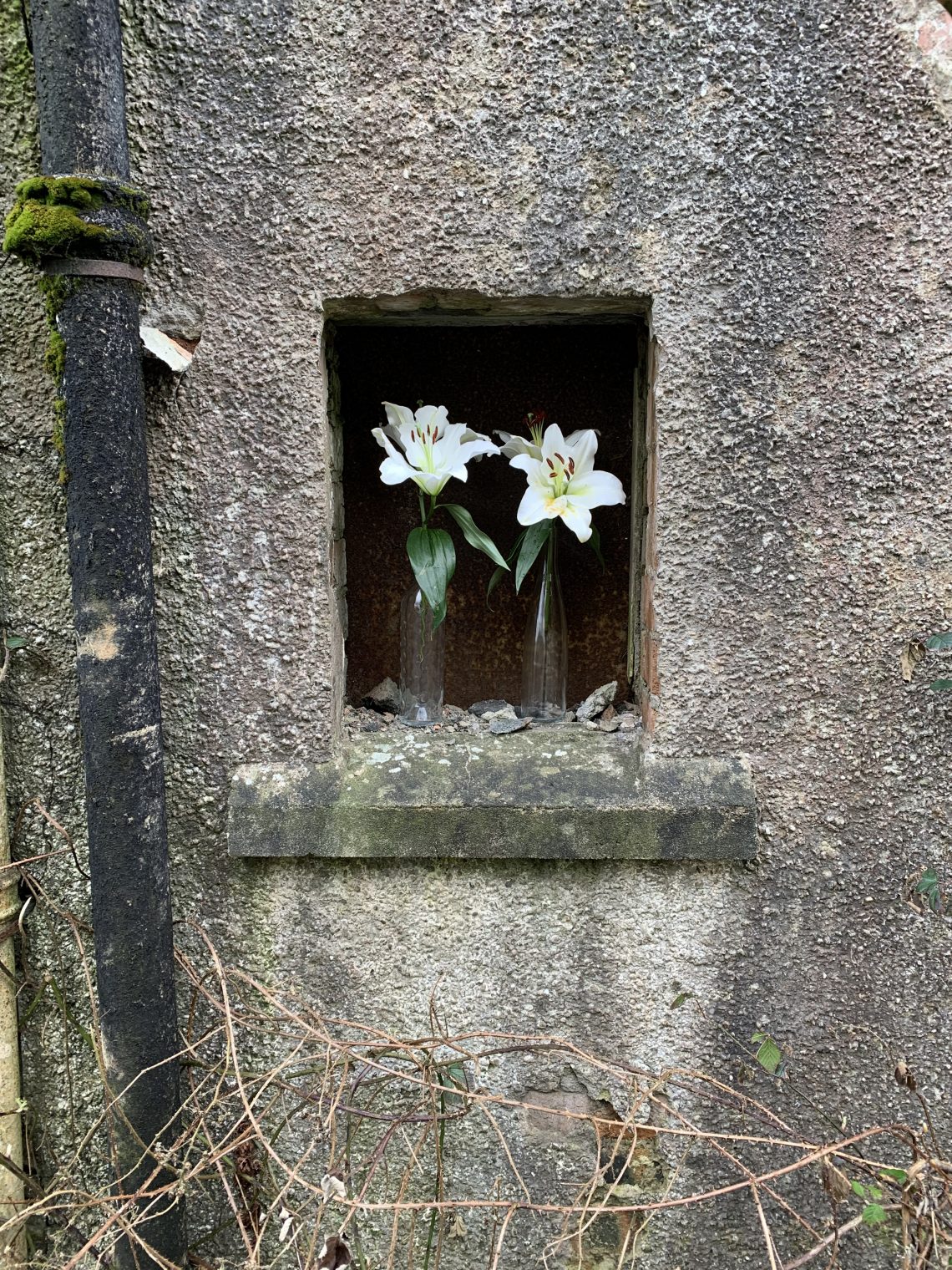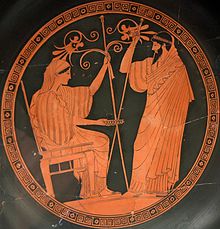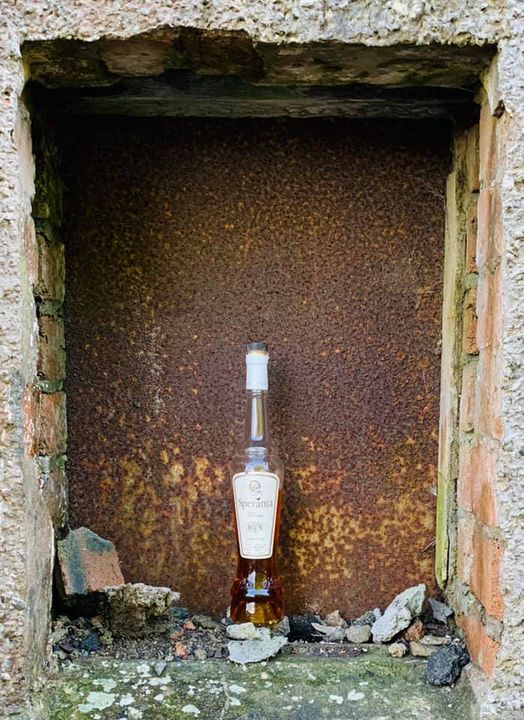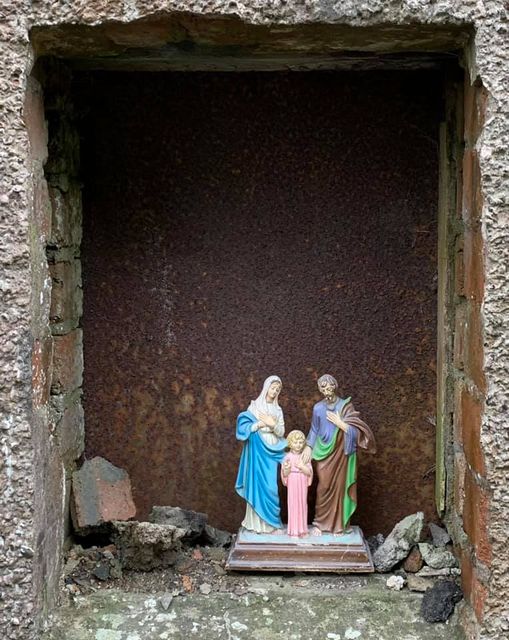Happy Christmas to everyone!
What better than a Poinsettia to brighten up the Tannery Hoose Windae!
Here’s a wee bit of background on poinsettias.
The poinsettia (Euphorbia pulcherrima) is indigenous to Mexico and Central America. It is particularly well known for its red and green foliage and is widely used in Christmas floral displays. It derives its common English name from Joel Roberts Poinsett, the first United States Minister to Mexico, who is credited with introducing the plant to the US in the 1820s. Poinsettias are shrubs or small trees, with heights of 0.6–4 m (2.0–13.1 ft).
Wild poinsettias occur from Mexico to southern Guatemala, growing on mid-elevation, Pacific-facing slopes. One population in the Mexican state ofGuerrerois much further inland, however, and is thought to be the ancestor of most cultivated populations. Wild poinsettia populations are highly fragmented, as their habitat is experiencing largely unregulated deforestation. They were cultivated by the Aztecs for use in traditional medicine. They became associated with the Christmas holiday and are popular seasonal decorations. (Source – Wikipedia.)
How to grow poinsettias (from GARDENERs’ World)
Grow your poinsettia in bright, indirect light, in a draught-free spot with a temperature of around 13-15°C. Water sparingly, typically when the surface of the compost has started to dry out. Mist regularly to increase humidity and keep the colourful bracts looking their best for longer.
If buying your poinsettia from a garden centre or supermarket, make sure it’s in good condition and that no leaves are wilting, as wilting leaves can be a sign that they’ve been stored in too-cold conditions. Avoid buying poinsettias that have been displayed near a door or even on a petrol station forecourt – they simply won’t last. Then take care to ensure it’s well protected on the journey home, making sure its delicate leaves aren’t exposed to freezing temperatures – ask the shop assistant to wrap it up or cover it in a plastic bag if you need to. Don’t leave your poinsettia in the car for longer than is absolutely necessary as temperatures can quickly tumble and your poinsettia will suffer.
Once home, pop your poinsettia in a bright, draught-free spot out of direct sunlight, ideally 13-15ºC. Water only if the surface of the compost is dry, and continue to water sparingly. Increase humidity by spraying gently with water every few days. This will help keep the leaves and bracts in tip-top condition. Dust the leaves as and when you need to.
After Christmas, start feeding your poinsettia with a liquid plant food that’s high in potassium, such as tomato food.
It’s not easy to get your poinsettia to flower again, but if you’re up for a challenge, follow these instructions carefully:
In April, prune your poinsettia back to about 10cm, and keep at a temperature of 13°C. In early May, repot your poinsettia into a slightly larger pot with fresh, peat-free, loam-based compost, and then keep it in a draught-free spot out of direct sunlight, ensuring the temperature doesn’t exceed 18ºC.
Poinsettias develop flowers and colourful bracts when day length decreases. This occurs naturally in December, but to encourage flowering by Christmas, you’ll need to mimic short day length by moving your poinsettia into a dark cupboard for 12 hours each day, from November. Keep an even temperature of around 18ºC and make sure it’s not exposed to artificial light during this time.
Once your poinsettia has started flowering, mist leaves daily to keep them looking their best for as long as possible.
